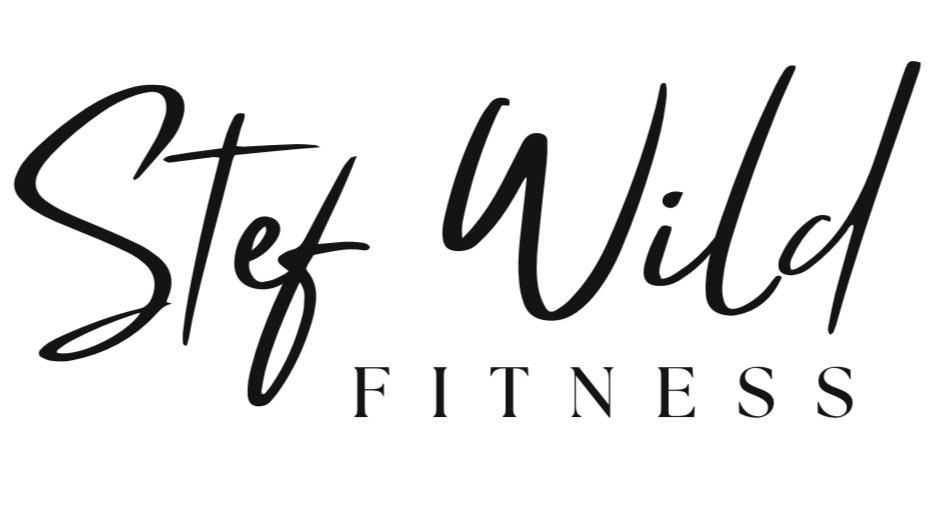Flexibility + Mobility… What’s the difference?
The Key Differences Between Flexibility and Mobility for Better Movement and Health
In today's fast-paced world, it's more important than ever to understand the nuances between flexibility and mobility, not just for improved physical performance but also for overall health and longevity. Let's dive into the distinction between these two crucial aspects of physical fitness, explore why both are essential, and discuss some practical tips to enhance each.
Understanding Flexibility and Mobility
Flexibility is the ability of a muscle to lengthen passively through a range of motion. Picture yourself using a yoga strap to hold your leg up or bending forward to touch your toes. These movements rely on how freely your muscles can stretch without any active engagement. On the other hand, mobility involves having the strength to move a joint actively through its full range of motion. It’s not just about how far you can stretch but how well you can control that movement. Think of flexibility as using a tool to stretch your muscle, whereas mobility requires you to hold that stretch through strength. For example, holding your leg up with your hand showcases flexibility, but lifting it in the air without assistance demonstrates mobility.
Why Are Both Important?
Both flexibility and mobility are essential, and one should not be prioritized over the other. They work hand in hand to create a balanced and responsive body. Flexibility enhances relaxation, reduces muscle tension, and improves posture, while mobility fosters functional movements and decreases the risk of injury.
Imagine you’re doing yoga. The flexibility allows you to achieve poses like a forward fold, but mobility ensures you can hold and move through these poses efficiently and safely. This balance is crucial for everything from athletic performance to daily tasks.
Practical Strategies to Improve Flexibility and Mobility
Static stretching involves holding a stretch for an extended period. It’s akin to lengthening an elastic band until it becomes loose. Common examples include using a floor or wall to maintain a stretch. For instance, extending your hand forward and pulling your fingers back for 30 seconds can significantly enhance flexibility over time.
Dynamic Stretching and Yoga Dynamic stretching, seen often in yoga, involves moving your body through various ranges of motion while keeping it warm and the blood flowing. A vinyasa flow class typically incorporates both static and dynamic stretching, improving flexibility and overall fluidity of movement.
You might have seen athletes, such as football players, performing leg swings before a game. This type of dynamic stretch helps loosen the muscles quickly. However, remember that while you might be able to kick your leg high in flexion, the real mobility test is how long you can hold it there without assistance.
Joint-Specific Drills
Exercises that target specific joints can significantly enhance mobility. For example, focusing on wrist flexibility can involve extending your hand and drawing your fingers downward. Compound movements like deep squats and overhead presses are also beneficial. These exercises engage multiple joints and build overall functional strength.
Strength Training Through Full Range of Motion
Incorporating strength training exercises that take joints through their full range of motion is crucial. Techniques like overhead presses help counteract limitations and maintain joint functionality, particularly as we age. Always prioritize strength alongside flexibility to ensure comprehensive mobility
Tips for Incorporating Flexibility and Mobility Training
It's beneficial to incorporate regular stretching sessions into your routine. Static stretches should be held for at least 30 seconds, and dynamic stretches should be a part of your warm-up routine. Additionally, targeting areas that feel particularly tight, like shoulders or glutes, can lead to noticeable improvements in both flexibility and mobility. For example, if you spend a lot of time at a desk, incorporating shoulder and chest stretches, as well as glute and hip flexibility exercises, can significantly counteract the negative effects of prolonged sitting.
Conclusion
Balancing flexibility and mobility is essential for both performance and injury prevention. Whether you’re an athlete, a desk worker, or somewhere in between, understanding and applying these principles can lead to a more agile, resilient, and healthier body. Start integrating both static and dynamic stretches, along with strength training, into your routine today to reap the benefits of a well-rounded fitness regimen. Remember, enhancing both flexibility and mobility is a journey that will improve not only your physical performance but also your quality of life. So, stretch it out, build that strength, and move through life more comfortably and confidently!

